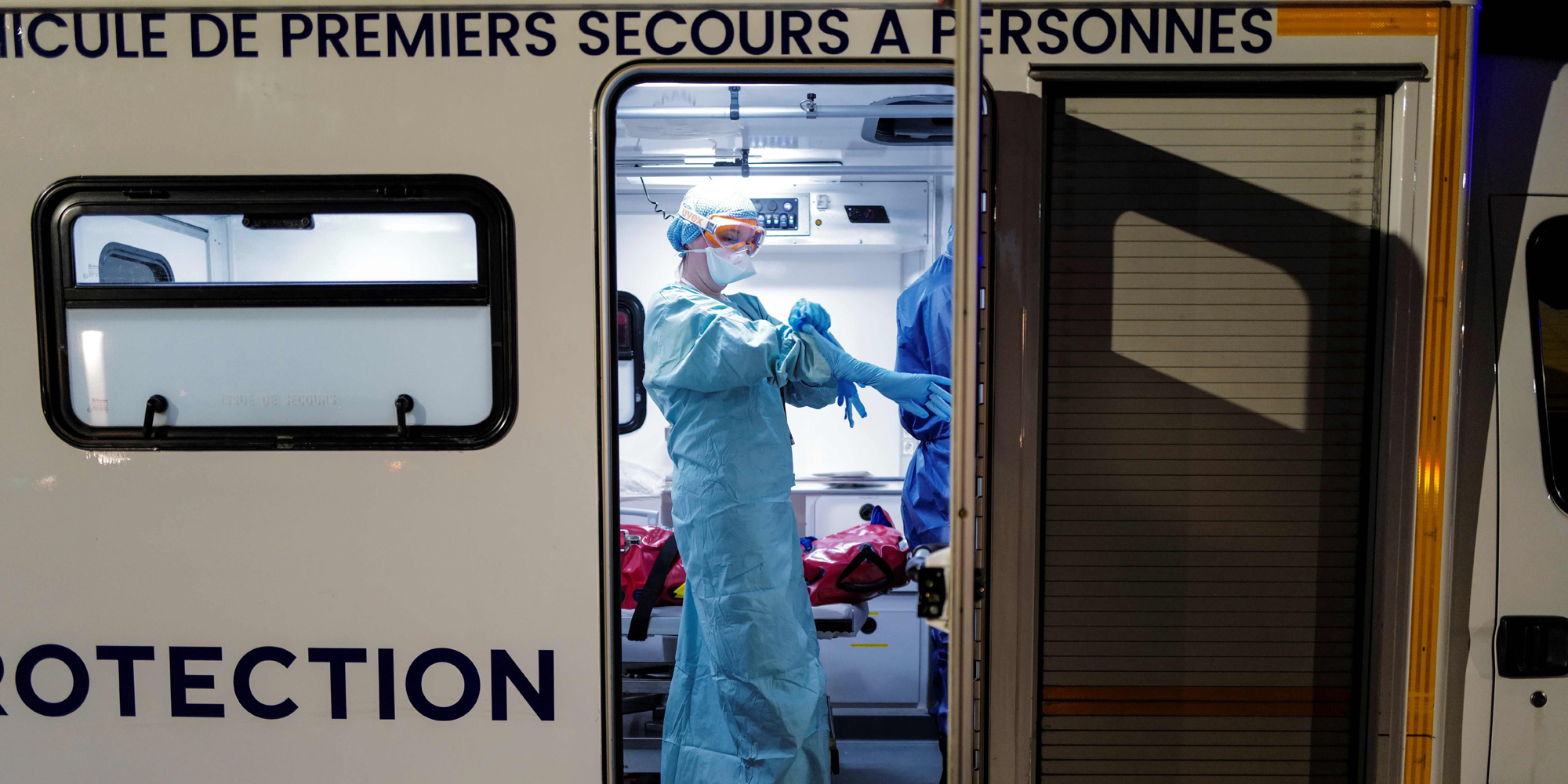- The novel coronavirus has infected over 874,000 people and killed almost 43,300 worldwide. It has hit at least 180 countries and territories.
- Nearly 190,000 of those cases are in the US alone. It has the world’s largest outbreak, representing more than one fifth of all cases worldwide.
- The current US death toll has climbed past 4,000, but lags behind Italy and Spain, which have more than 21,000 deaths between them.
- A third of the world is now under some form of lockdown.
- Visit Business Insider’s homepage for more stories.
The coronavirus has infected 874,081 people around the world and killed 43,291.
Europe and the Americas are seeing the vast majority of new cases. The US has the world’s largest outbreak: more than 189,600. That figure represents more than a fifth of the world’s cases. More than 4,000 people have died from the virus in the US as of April 1.
Italy, which has the world’s second-highest caseload, at more than 105,700, has also recorded over 12,400 deaths – the most of any country impacted by the coronavirus.
At least 180 countries and territories have reported cases. More than 185,100 people known to be infected have recovered, mostly in China.
Many governments have declared nationwide lockdowns or otherwise dramatically restricted travel, affecting hundreds of millions of people. A third of the world is under some form of lockdown.
A dozen Business Insider staffers are keeping this post updated with the most recent developments around the clock.
Here's the latest.
Coronavirus cases have been confirmed in 180 countries and territories.
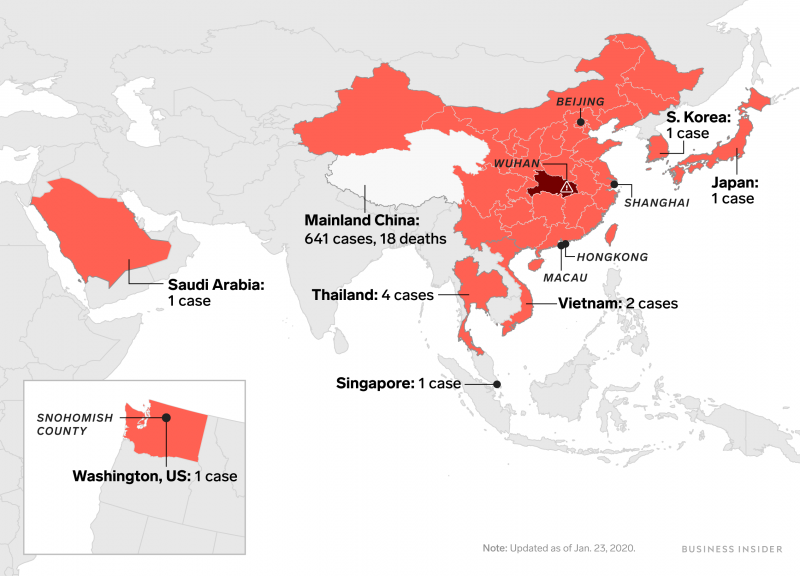
March 31 was by far the deadliest day since the outbreak began: 4,535 deaths were recorded.
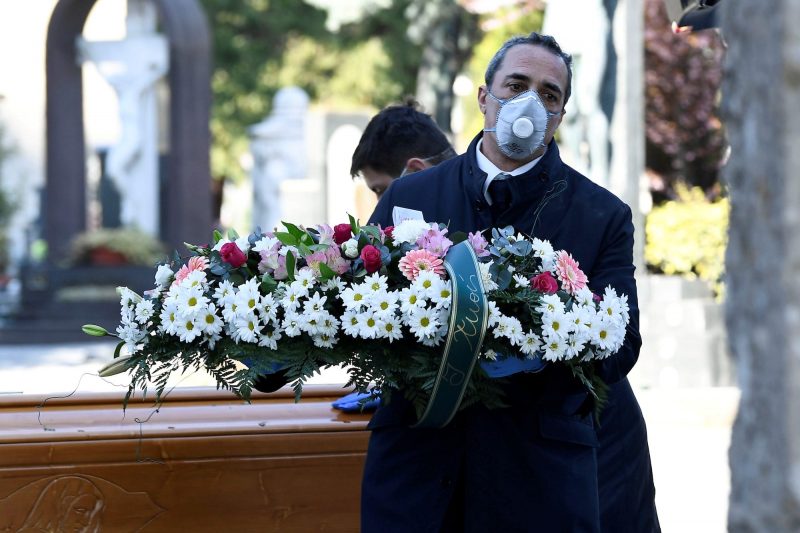
Data compiled by the statistics website Worldometer, which uses information from organizations like the United Nations Population Division and the World Health Organization, shows that March 31 was the deadliest day so far, with 4,535 deaths.
It far overtook the previous record set on March 30, when 3,709 people died.
China appears to have contained the spread of the local coronavirus outbreak, but other governments and the country's residents are questioning the official counts.
China - where the virus first began to spread in late 2019 - has seen a sharp drop-off in its rate of new cases. As of April 1, it has at least 82,359 cases and 3,316 deaths.
New cases are almost entirely being recorded from people entering the country from abroad, rather than domestic cases.
Some people in Wuhan, where the outbreak began, are disputing the official death toll, citing an increase in the shipment of urns to the city's eight funeral homes.
"The incinerators have been working round-the-clock," one person told Radio Free Asia.
Italy has the world's most reported coronavirus deaths: 12,428. The nation is on lockdown.
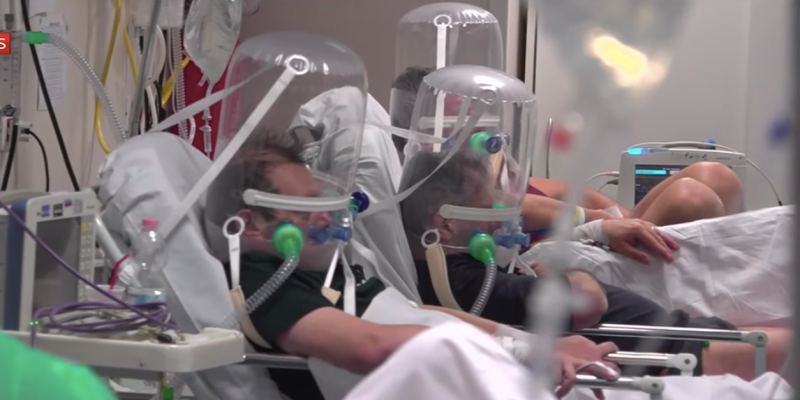
Italy has reported at least 105,792 COVID-19 patients, the second highest caseload in the world.
The country set the record for the highest single-day coronavirus death toll on March 26, with 919 deaths.
The healthcare system in Italy, which is home to one of the world's oldest populations, has been overwhelmed, with medical workers stretched thin and forced to decide who to save.
Prime Minister Giuseppe Conte placed the nation of 60 million people under quarantine on March 10. He has since made the lockdown stricter, forbidding all travel within the country.
The US is the new epicenter of the coronavirus pandemic, with more than 189,630 people having tested positive. This means it has one in five of the world's cases.

As of April 1, the US has reported 4,081 deaths.
As many as 100,000 to 240,000 people could die of the coronavirus, even with shutdowns and stay-at-home orders, the White House coronavirus task force warned on Tuesday. Without any social distancing and mitigation efforts, between 1.5 and 2.2 million lives could be lost, according to modeling information the White House is using to guide its response.
"I knew everything. I knew it could be horrible, I knew it could be maybe good," President Donald Trump said, essentially admitting that he has downplayed the threat of the coronavirus. "I don't want to be a negative person."
New York state has been hit the hardest, with at least 1,550 deaths. Some 932 of those deaths have occurred in New York City.
Gov. Andrew Cuomo said on March 29 that "thousands" will die in New York state, which he called the "epicenter" of the US's outbreak.
All 50 US states and Washington, DC, have reported coronavirus cases. Infections have also been confirmed in the US Virgin Islands, Guam, and Puerto Rico.
Spain's caseload is the third-highest in the world, and the country has the second-most deaths.
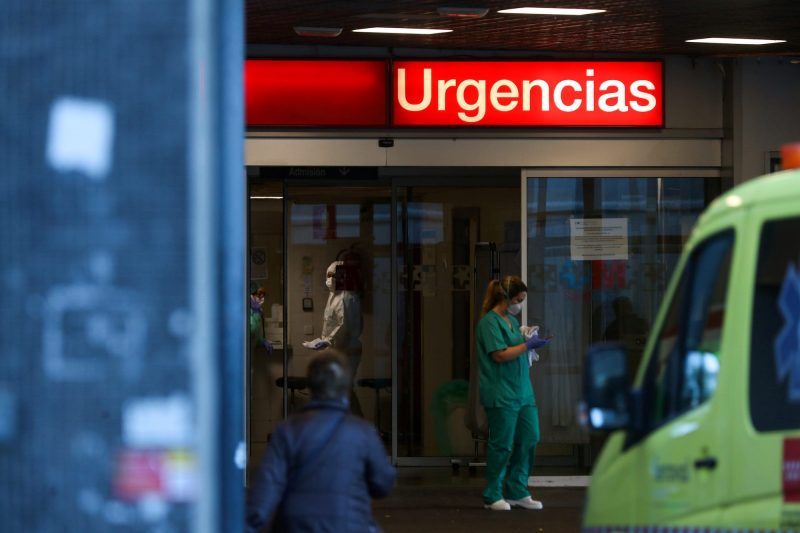
More than 102,100 people are sick and at least 9,053 are dead in Spain. On April 1, it reported its highest single-day death toll since the coronavirus outbreak began: 864 deaths.
Prime Minister Pedro Sánchez has ordered all nonessential workers to stay home for two weeks.
Spain said rapid coronavirus tests bought from China had not consistently identified positive cases.
France has more than 52,800 cases, while the caseload in Germany has shot past 72,300.
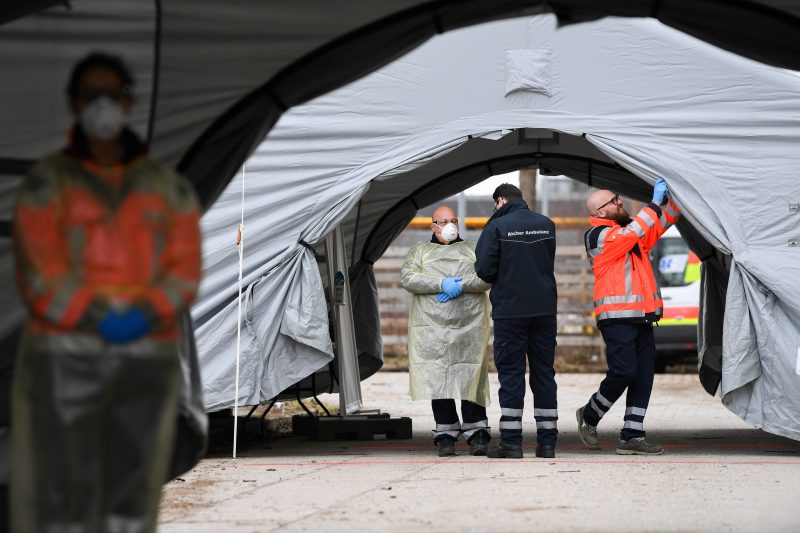
France has more than 3,500 deaths, and recorded its single deadliest day of the outbreak on March 31, with 499 new deaths.
Germany's death rate is much lower - with 775 dead so far - because the country is testing an estimated 120,000 people a week, helping authorities identify even milder case. Germany also is in the early stage of its outbreak, has robust intensive care medical facilities, a young average age of infection, and a strict lockdown, scientists say.
German Chancellor Angela Merkel gave a grim prognosis at the start of a parliamentary meeting on March 10: Between 60% and 70% of the country's population could contract COVID-19 at some point.
Iran has reported nearly 47,600 infections and more than 3,000 deaths.

Senior Iranian officials have contracted the virus and Iran's Parliament is closed.
Journalists have challenged the country's infection and death counts, however, suggesting that the real totals are higher. The World Health Organization said in February that Iran's death toll could be five times as high as what the country was reporting because of limits on testing for the virus.
Satellite images show massive burial trenches that can be seen from space.
The UK is under strict lockdown with at least 25,504 cases and 1,793 deaths.
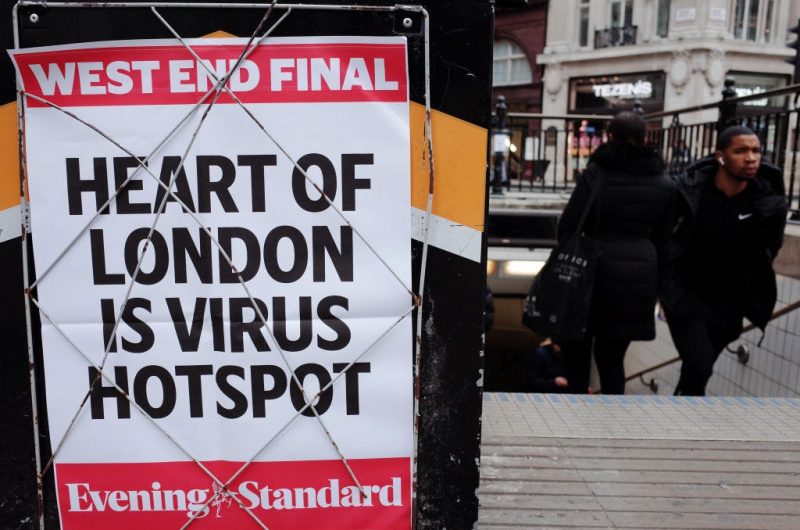
UK Prime Minister Boris Johnson announced on March 27 that he had tested positive for COVID-19 and would self-isolate.
Johnson said he planned to continue to lead the UK's response to the crisis via teleconferencing. Other senior officials have since also tested positive.
The country's officials "know things will get worse before they get better," Johnson told the nation.
The UK initially did not encourage people to stay far apart, but changed its plan after a report by a team of disease experts predicted nearly 250,000 deaths from that strategy.
On March 23, the UK went into full lockdown, with the public barred from leaving home for nonessential reasons and allowed just one walk a day. Here are the rules of the UK lockdown.
South Korea's total cases have reached 9,887, but the country has been reporting fewer cases each day thanks to steps like widespread testing.

The country had reported 165 deaths as of April 1.
Health officials say the nation's outbreak grew after a 61-year-old woman transmitted the virus to fellow members of a fringe religious group, the Shincheonji Church of Jesus.
But the number of new cases South Korea reports each day is now often below that of the day before.
Several A-listers, including royalty, actors, politicians, and athletes, have tested positive for the coronavirus.

Prince Charles, the heir to the British throne, tested positive for COVID-19, a Clarence House representative confirmed to Insider on March 25, saying he was displaying "mild symptoms" but "remains in good health." His wife, Camilla, tested negative. The Prince of Wales has since announced that he is no longer self isolating.
Other well-known figures who have contracted the virus include the actor Tom Hanks and his wife, the actress Rita Wilson; Sophie Grégoire Trudeau, the wife of Canadian Prime Minister Justin Trudeau; the actor Idris Elba; the NBA star Kevin Durant; and Kristofer Hivju of "Game of Thrones" fame.
In the US, politicians, such as Kentucky Sen. Rand Paul; Mario Diaz-Balart, a Republican congressman from Florida; Rep. Ben McAdams, a Democratic congressman from Utah; Miami's Mayor Francis Suarez, and others, have contracted the virus.
Here's a full list of notable figures that are believed to have died from the virus.
A third of the world's population is under some sort of travel restriction.

At a White House press briefing on March 29, Trump announced that social distancing measures in the US will remain in effect through April 30.
India put its 1.3 billion residents under a 21-day nationwide lockdown on March 24, joining the expansive list of countries that had already restricted their populations 'movements.
Since then, at least a third of the world's population has been under some sort of restriction.
"Lockdown" isn't a technical term but can include mandatory geographic quarantines, closings of certain types of businesses, and bans on events and gatherings.
This chart shows the rate at which the coronavirus has spread worldwide since it first emerged.
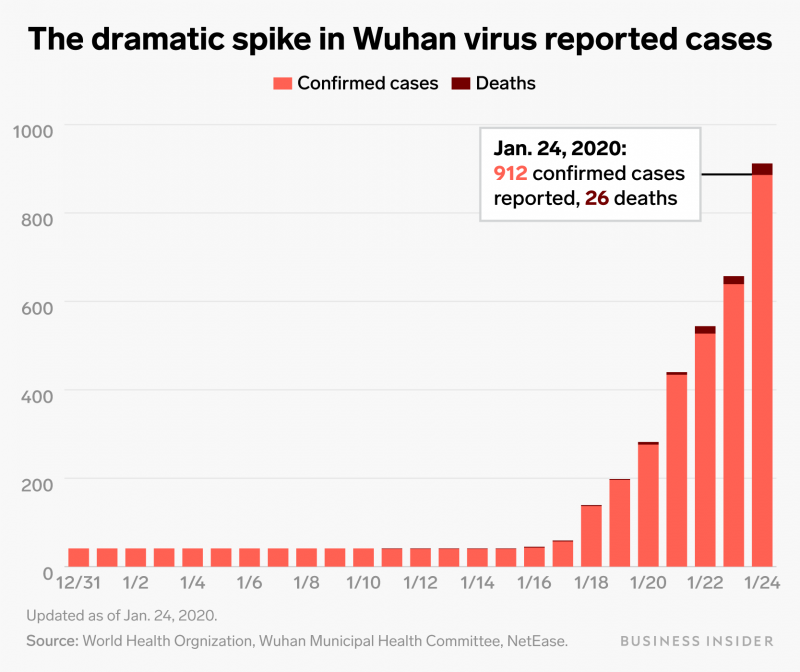
The virus is wreaking havoc on the global economy, and governments around the world are announcing giant stimulus packages.
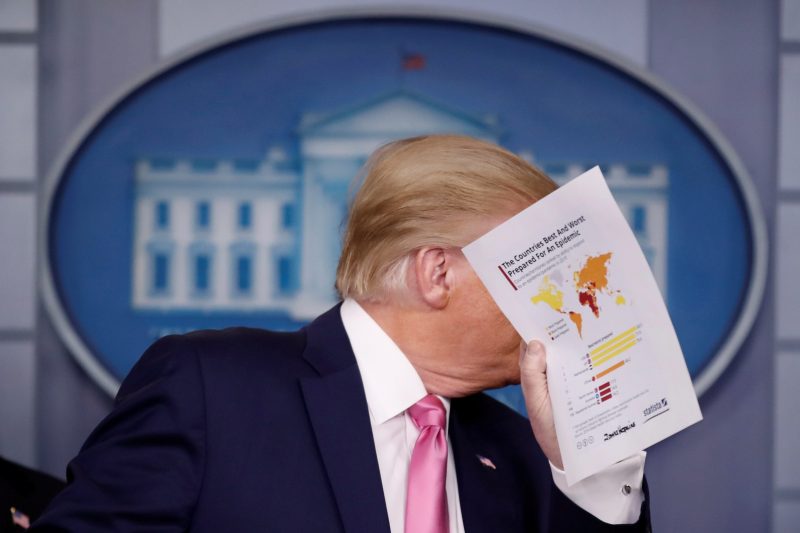
On March 29, President Donald Trump's top economic adviser said Americans could expect to see coronavirus stimulus checks "in a couple of weeks."
Trump signed the $2 trillion coronavirus economic relief bill into law on March 27. Though it is more than double the size of President Barack Obama's 2009 stimulus plan, it may salvage the economy for only a few months.
On March 26, the US Labor Department reported that a record 3.28 million Americans had filed for unemployment benefits the prior week. More than 47 million Americans could lose their jobs in the second quarter, which would push the unemployment rate to 32%, a recent study from the Federal Reserve Bank of St. Louis found.
UBS has warned of an "inevitable" recession in Europe as well.
Modeling from The Australian National University has estimated a global gross-domestic-product loss of $2.4 trillion in the best-case scenario.
There are no vaccines to prevent humans from contracting the virus, but multiple drugmakers are racing to develop one.

There are several dozen ongoing efforts to develop a coronavirus vaccine, according to a World Health Organization report that mentions 35 candidates.
A wide range of companies, including behemoths like Johnson & Johnson and Sanofi as well as smaller biotech companies and academic research labs, are conducting research.
Some are developing vaccines from scratch, while others are testing existing drugs to see whether they offer promising treatments. At least seven vaccines are likely to enter the human-testing stage by the end of 2020.
The true number of infected people worldwide is almost certainly higher than the official counts.

That's because some people can be asymptomatic and therefore may not seek a test.
Some countries, like the US, have also faced test shortages.
The US still lags behind other countries when it comes to testing people for the coronavirus, even though testing capacity is now increasing.
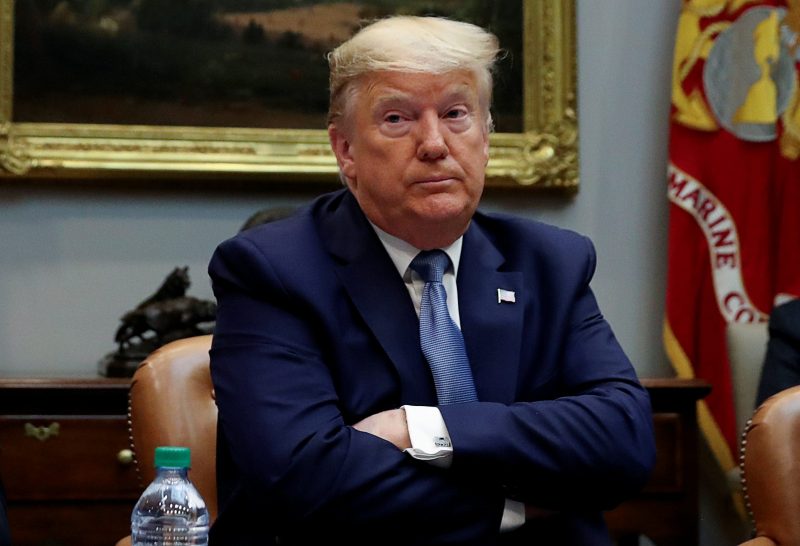
The White House and the Centers for Disease Control and Prevention have been criticized for their handling of the epidemic.
The CDC initially designed a faulty test for COVID-19, and it then hit delays in distributing a better one for state and local labs to use, ProPublica reported. That prompted a test-kit shortage that has prevented health officials from gaining a clear understanding of exactly how many Americans have contracted the virus.
Trump has said he doesn't take any responsibility for the significant delay in the country's coronavirus testing capabilities. He tweeted on March 25 that the US had done more testing than any other nation. There is no clear tally, however, of how many tests are being done in the country, and figures suggest the US is far behind countries like South Korea, Ireland, and Germany when it comes to tests per capita.
Based on UNESCO estimates, more than 1.5 billion students have had their education disrupted.
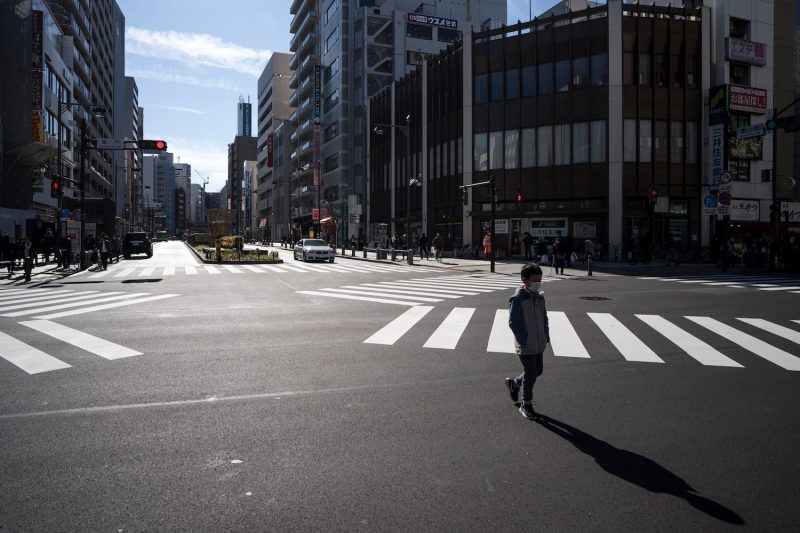
A running UNESCO tally says 185 countries had shut down their schools as of March 31, affecting over 1.5 billion students.
The closings have affected more than 89% of the enrolled learners in the world.
The virus has prompted strict lockdowns and travel bans around the world. Many countries have shut their borders, and the Trump administration has issued the highest possible travel warning for every country.
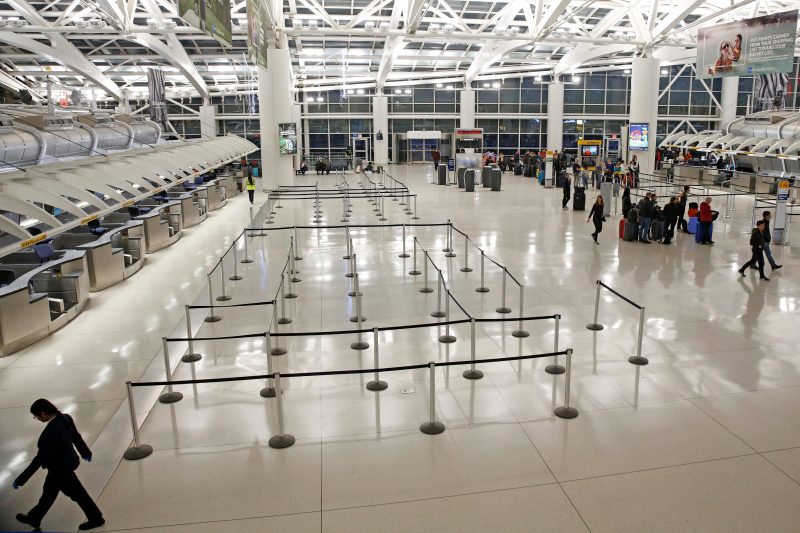
The US State Department issued its highest-level travel advisory for every country on March 19, warning against any travel abroad. The country had already banned incoming travel from Europe and shut its borders with Canada and Mexico to "nonessential travel."
The European Union has also blocked all nonessential inbound travel, and many nations have shut their borders to noncitizens.
Australia and New Zealand are now requiring all travelers - including citizens - returning from overseas to self-isolate for 14 days.
The 2020 Tokyo Olympic Games are postponed, reportedly until July 2021.
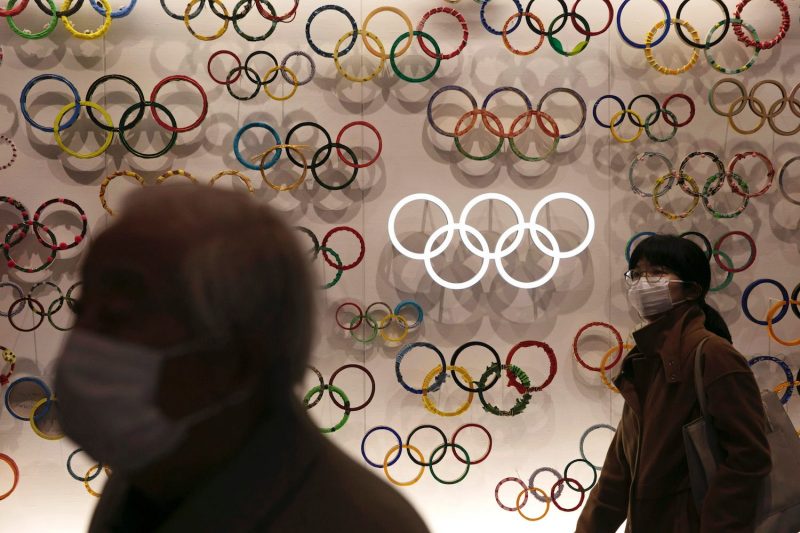
Japanese Prime Minister Shinzo Abe and the International Olympic Committee agreed on March 21 to delay the event until 2021.
Japanese broadcaster TBS reported that the games will now start on July 23 2021.
The coronavirus' incubation period is thought to be about five days.
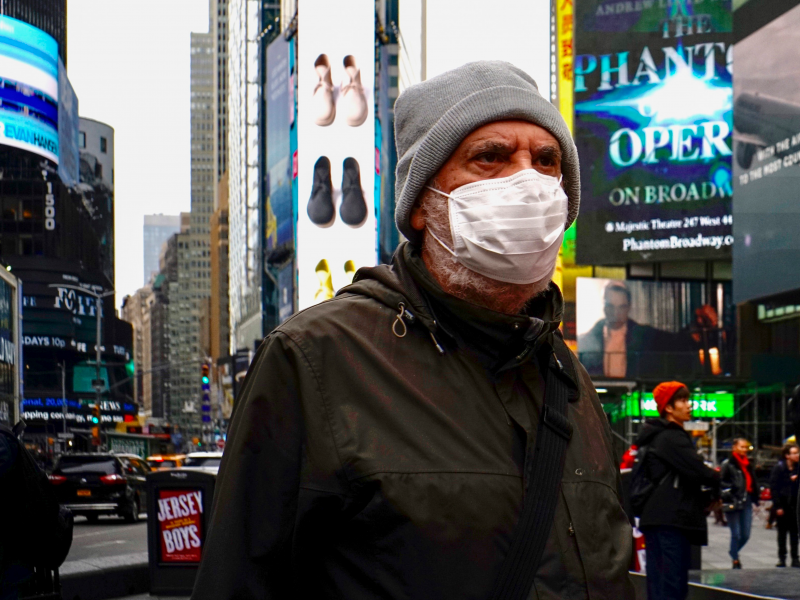
A recent study found that the coronavirus' average incubation period - the time that passes between when a patient gets infected and when their coronavirus test comes back positive - is five days. But in 1% of cases, it may last longer than two weeks.
Many countries have made quarantine policies based on a 14-day incubation, but the evidence is far from conclusive.
One study found that a patient's incubation period was 19 days. Another study published early in February analyzed 1,099 coronavirus cases in China and reported that the incubation could be as long as 24 days.
COVID-19's symptoms can be similar to pneumonia — they include fever and difficulty breathing.
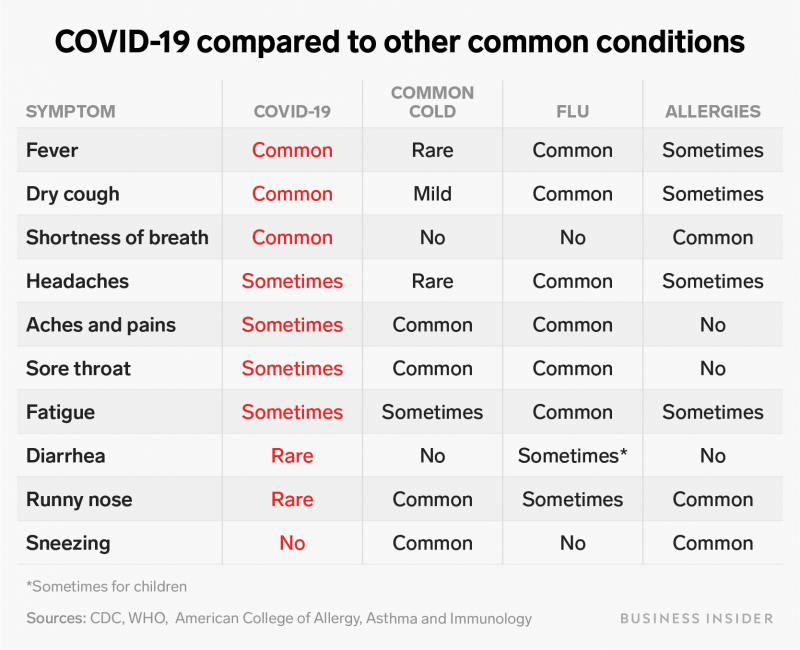
The global fatality rate for the virus is around 4.5%, according to data from the WHO, but that could change.

The death rate is based on the ratio of reported deaths out of total cases.
A study from the Chinese CDC found that patients older than 80 had a 15% death rate there.

The study looked at 44,000 confirmed patients in China. The data suggests that patients in their 50s had a death rate about three times as high as patients in their 40s.
Coronavirus patients with underlying health problems are also more likely to die than otherwise healthy people.
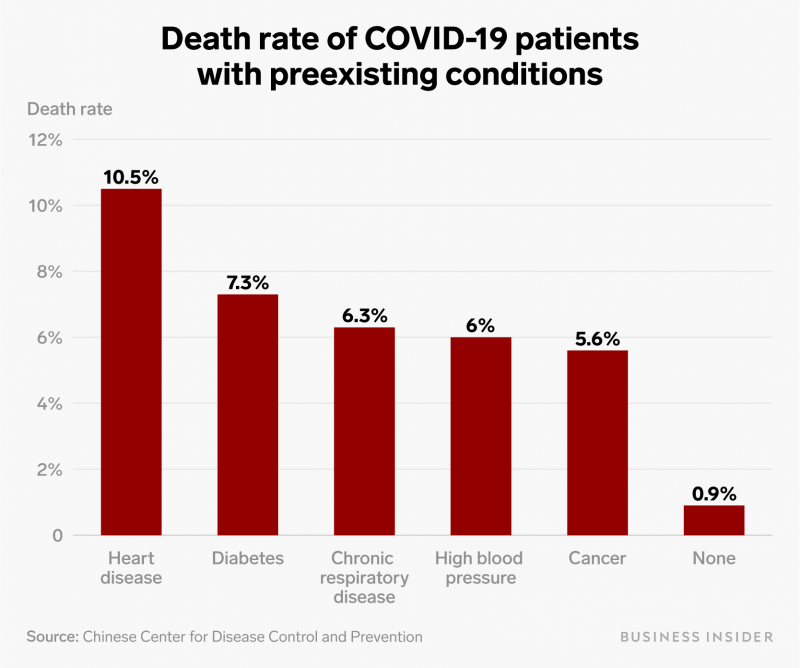
Patients with heart disease in China had a 10% death rate, according to the same Chinese CDC study. The death rate for patients who reported no preexisting conditions was less than 1%.
A tour guide in Japan tested positive for the virus a second time last month — evidence that people might be at risk of getting the coronavirus multiple times.
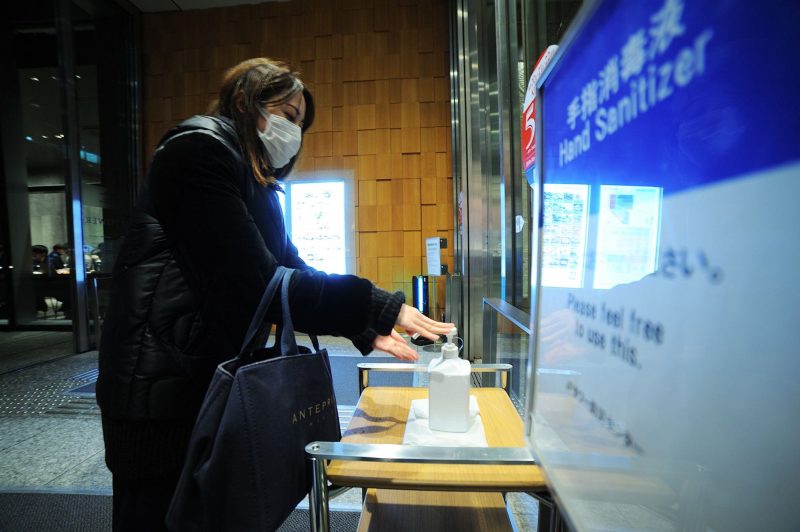
The patient - a woman in her 40s living in Osaka, Japan - first tested positive for the virus on January 29, and recovered. Nearly two weeks later, she developed throat and chest pains. She tested positive again on February 26.
China has also reported cases of people getting reinfected, though they remain rare.
Few children have gotten sick, but the coronavirus may pose more of a risk to kids than scientists initially thought.
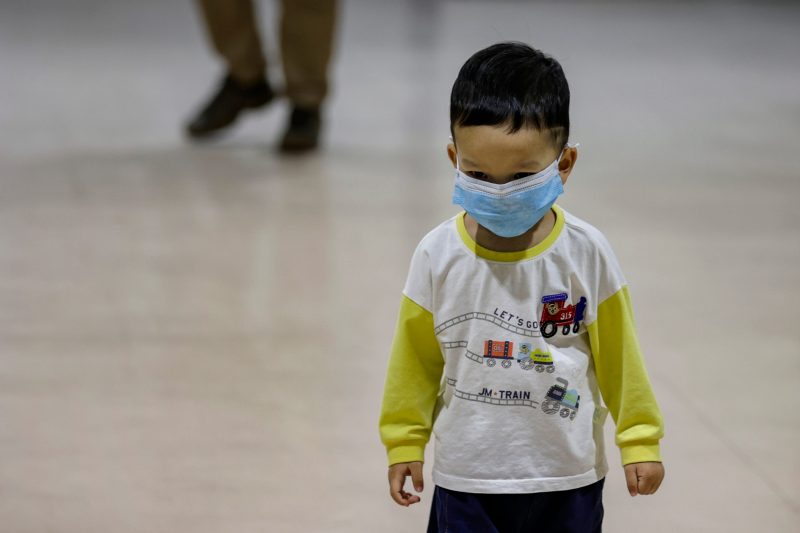
The virus mostly affects adults, but a study of 2,000 children who contracted COVID-19 in China found that children could play a role in spreading the virus and that 6% of infected kids developed severe or critical infections.
The worst-affected were infants: in the study, 10% of children under one year old developed a severe or critical infection, compared to 7% of under-five-year-olds, and 4% of kids aged five to 10 years old.
The WHO cautioned parents to safeguard their children against the coronavirus.
Healthcare workers are particularly at risk. At least 3,400 Chinese healthcare workers have been infected, and at least 46 have died.

Research published in February found that nearly a third of hospitalized patients studied at the Zhongnan Hospital of Wuhan University were healthcare workers.
Li Wenliang, a doctor in Wuhan, was hailed as a hero in China after he contracted the virus and died while treating patients. He had warned fellow medical-school alumni about the disease before it was widely understood, for which Chinese authorities punished him.
To prevent the spread of the coronavirus, people should wash their hands frequently with soap and water, making sure to scrub for at least 20 seconds.

The WHO, US CDC, and multiple other national health agencies all agree on the importance of handwashing. People should also avoid touching their eyes, nose, or mouth with unwashed hands.
US health officials do not recommend face masks for the general public.
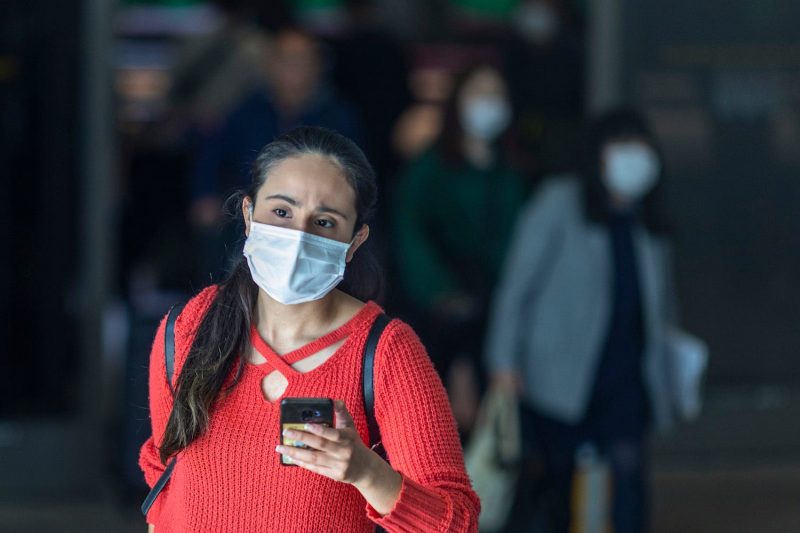
For healthy people, handwashing and avoiding close contact with sick patients is a better way to prevent infection.
Stocking up on face masks can also reduce the supply for medical workers who need them. On Thursday, the CDC updated its guidance on masks for healthcare workers, saying that, in lieu of a surgical mask or an N95 mask, they could use a bandana or a scarf to cover their faces.
The first case of the coronavirus was reported in Wuhan in December.

The central Chinese city has a population of 11 million.
Some experts think the coronavirus first infected humans at a seafood market in Wuhan. But a recent study suggested the virus could have originated outside the market.

Since most of the early patients had links to one market where live animals were sold, scientists pinpointed it as the likely origin of the virus.
The virus appears to have mutated to allow it to spread to people when it had previously been limited to animals.
However, a group of Chinese scientists recently published a study suggesting that the virus could have started somewhere else, with the Wuhan market merely boosting the outbreak.
Researchers think the virus originated in bats, then jumped to an intermediary species — most likely pangolins, pigs, or civets — that passed it to people.

Researchers at the South China Agricultural University have suggested that the endangered pangolin may have been the intermediary species between bats and people.
The SARS virus also originated in bats. It jumped to humans from civet cats at a Chinese market that sold live animals. SARS killed 774 people from November 2002 to July 2003.
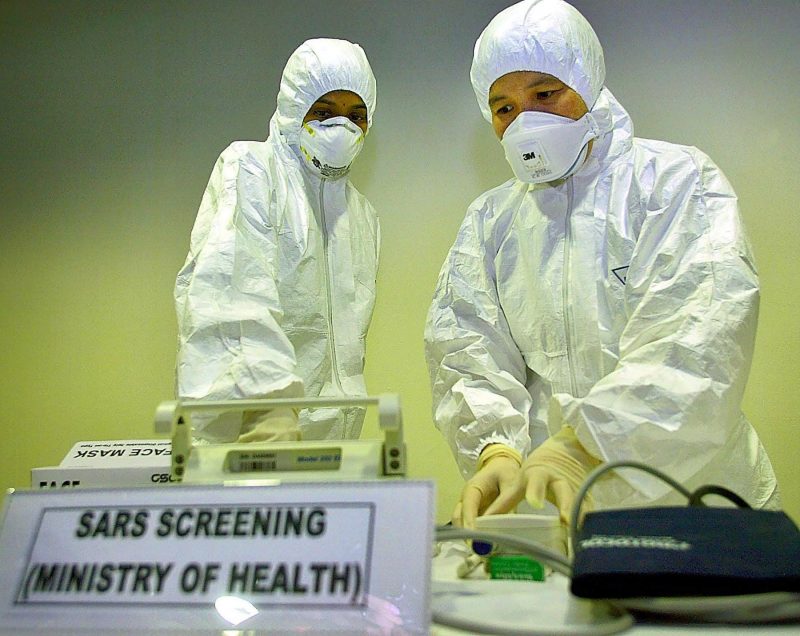
The viruses that cause the two diseases belong to the same coronavirus family.
The total number of coronavirus cases and deaths have far surpassed those of the SARS outbreak.
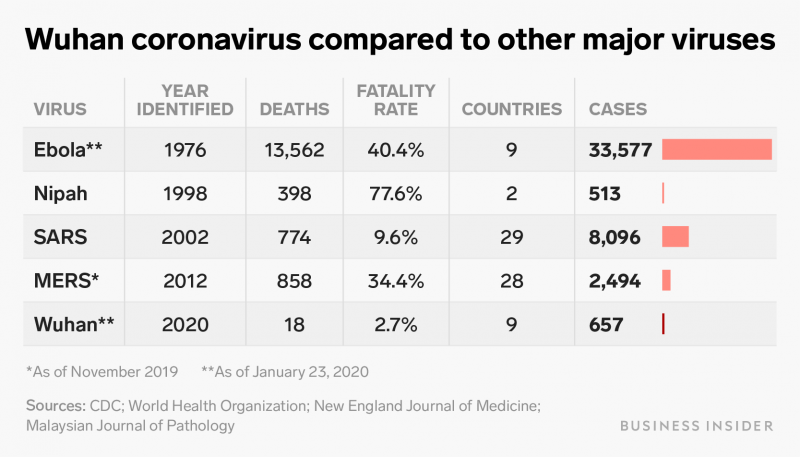
China is reporting very few new domestic cases, but imported cases from people traveling into the country pose a threat.

Almost all new cases there are coming from people traveling from abroad, including Chinese students returning home. More than 82,000 people in China have been infected by the coronavirus.
In late January, officials quarantined Wuhan and nearby cities by shutting down all transportation. The restrictions are starting to lift.
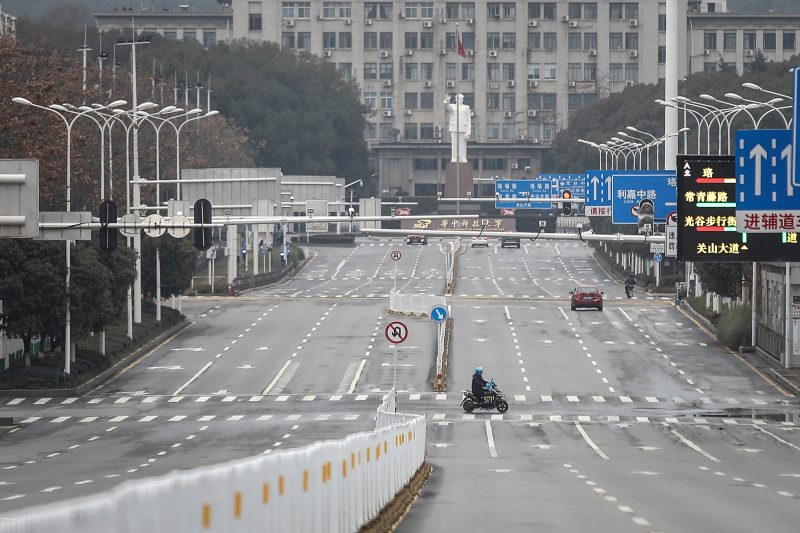
Wuhan's 11 million residents were told not to leave the city, barring special circumstances. All of Wuhan's transportation - including trains, buses, metros, ferries, planes, and cars - was halted January 23.
A CNN analysis in February found that more than 780 million people in China - more than half the population - were under some sort of travel restriction.
But China is now lifting restrictions, saying it will allow transport systems to run again from Wuhan on April 8. The rest of Hubei province, where Wuhan is the capital, has begun to allow travel again.
Some experts fear that when lockdowns end, a "boomerang effect" will occur, bringing a resurgence of the virus. Tokyo and Hong Kong, cities which managed to prevent outbreaks despite being some of the earliest-hit cities, are now worried about a new wave of cases.
Aria Bendix, Lauren Frias, Rosie Perper, Aylin Woodward, Kieran Corcoran, and Ali Millington contributed to this report.
